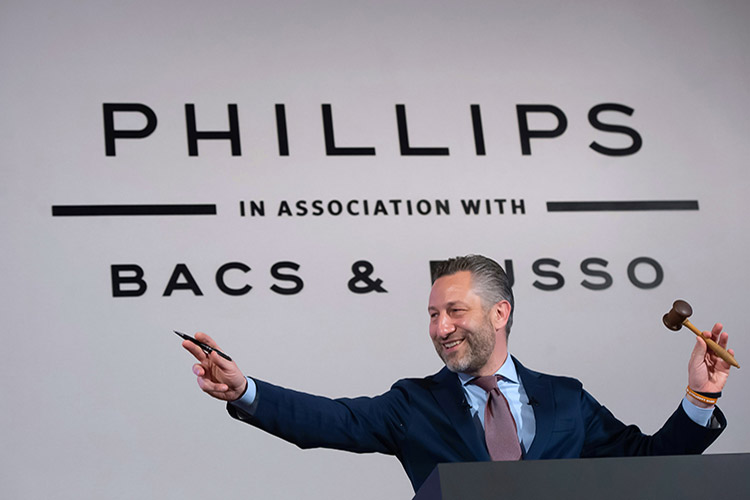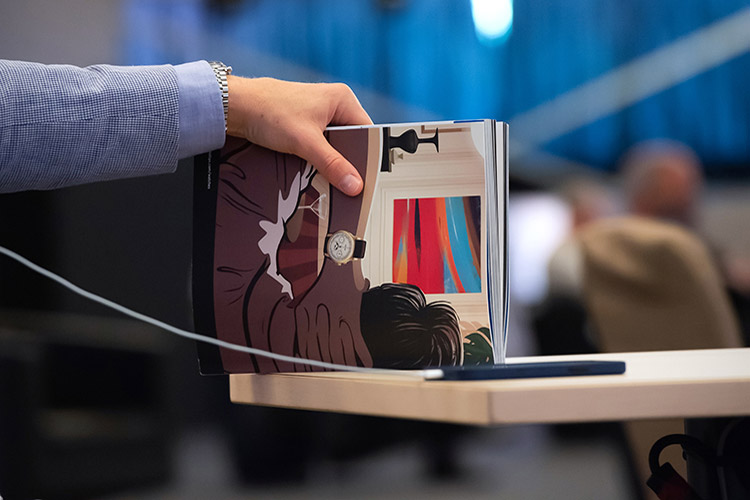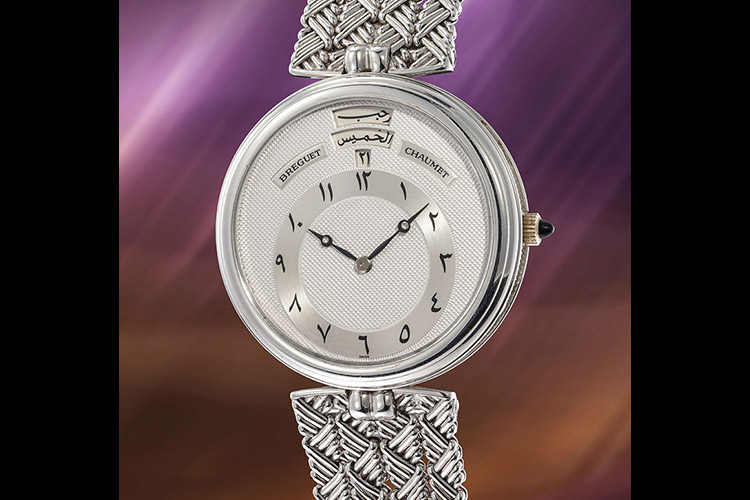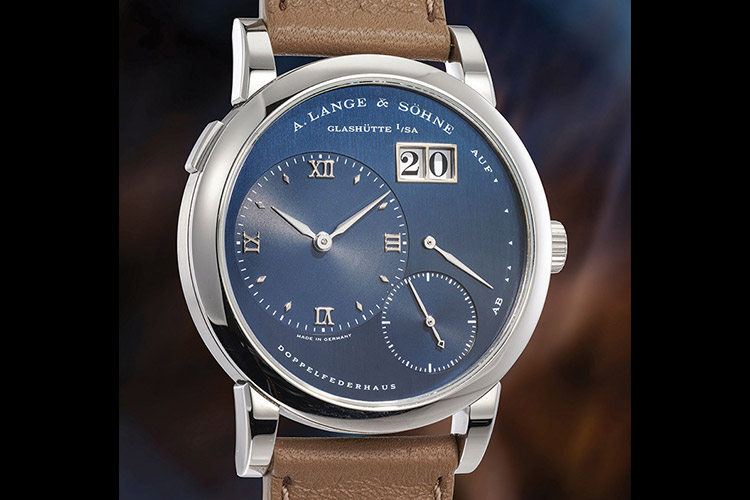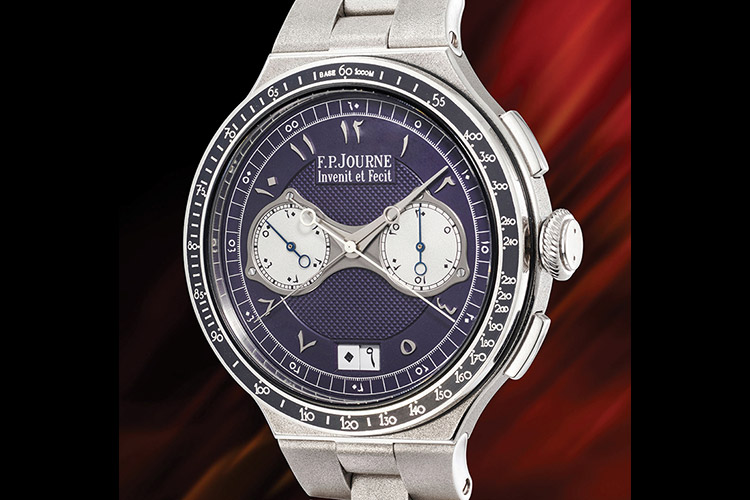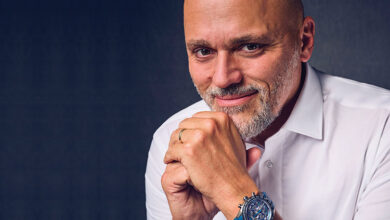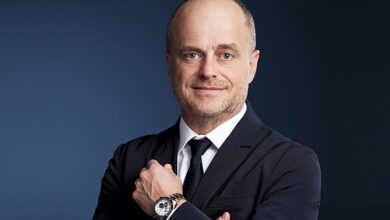Behind the scenes at Phillips
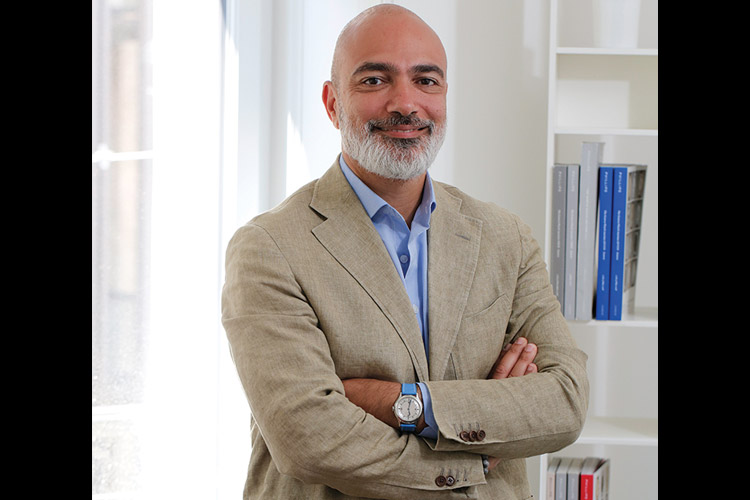
A leading global platform in the world of auctioneering, Phillips was founded by Harry Phillips in 1796 in Westminster, London. Phillips gained international recognition by selling paintings from the estate of Queen Marie Antoinette and household items from Napoleon Bonaparte, and it remains the only auction house to have ever held a sale inside Buckingham Palace. Today, watches are one of its major categories. “Day & Night” magazine speaks to Alexandre Ghotbi, Deputy Chairman, Watches, Head of Watches, Europe, and Middle East, to understand the world of watch auctions
Can you tell us first about the Grand Tour and how important it is for Phillips?
Every year or every season before the auction starts, we take the highlights of that sale on an international tour to be able to show them to our VIP clients and to watch enthusiasts and collectors; it’s a way to gather the community, to meet new clients, to welcome new people and to just talk about watches. We regularly go at least to Hong Kong, New York, and London, which are areas where we have our gallery spaces. We also go to Singapore and sometimes to Taipei; this is the first year we have come to Dubai. There is a huge collecting community here and it was long due for us to come. It is extremely important for us because this is a great opportunity to show the incredible watches we have in our sales to the collectors who cannot regularly travel to Geneva.
You are exhibiting now at the M.A.D. Gallery; why the M.A.D. Gallery?
There are two reasons. One is, at Phillips, we’ve always been a bit cutting edge, modern, more contemporary, and the M.A.D. Gallery is an incredibly modern and cutting-edge space. It’s beautiful and it fits perfectly. Maximilian Büsser is a very old and good friend of mine; anecdotally, I started working in Phillips, thanks to Max. It just seemed natural for us to be with friends and in a space which is absolutely incredible and underlines our cutting edge.
Does that mean that you might exhibit at MB&F’s M.A.D. Gallery for your next exhibition also?
Inshallah, as they say here; but yes, definitely. I have to speak to Max about it, but for us it’s been a fantastic opportunity. The team at the gallery have been fantastic. They’ve been very helpful, very welcoming. The Ahmed Seddiqi & Sons team have also been of incredible help. It has been a great teamwork and we felt extremely welcome, and I definitely hope that for our November sale we will come back to Dubai at the M.A.D. Gallery.
Do you have any issues when you usually travel with the watches?
No, I mean other than having crazy weather in Dubai. We work with transport companies who have offices in the big major cities, and they take care of all the customs, insurance, transportation, security, etcetera. So that has actually been a very smooth ride.
How does Phillips pick the watches that are going to be sold at the auction? What’s the criteria?
We have different watches and their criteria varies. First, it needs to be of top quality; that is most important. The watch needs to be interesting – it could be interesting in terms of design, complication, rarity, or relevance. We need to have watches that are varied, that can speak to different types of collectors – from the modern collector to the vintage collector, to somebody who is looking for something very design-oriented, something very classical, established brand or independents. Most importantly, we need to bring watches that you cannot find anywhere else to the markets. That is the most important criteria; because if you offer watches that are similar to what the client can go online and find, they don’t need to wait two, three, of four months for the auction to bid on a watch, they can just go online and do it. The added value is that we bring to the market things that you can’t find everywhere. In each sale, we have around 200 watches; my team and I examine almost 1,000 watches before choosing the 200 that we believe deserve to be in a sale, and if you look at the watches we have in the May auction, on May 11-12, there are a lot of watches or brands that are making their auction debut. This means that a particular watch or brand had never come to the market, and that is very interesting for us.
How do you give an estimate for watches that never been on the market earlier?
A lot of it is just gut feeling for what has never come to the market. We try to look at how something similar had done on the market earlier – perhaps from the same brand, but not the same model. Or something from another brand, which is something similar. It is a lot of guesswork and then, at the end of the day, it is the market that decides what something is worth, because the market decides what they are willing to pay to get that.
When you receive a watch from a client to go for auction, what does get checked?
If it is a modern watch, we check the condition because for a modern watch, you can easily make out if it is a fake. So, the modern watches are simpler. We can always speak with the manufacturer also. If you have any doubts in vintage watches, that’s where it can get complicated because a vintage watch that is 50, 60, 70 or 100 years old has lived a life and we need to make sure that whenever it has been serviced or repaired, it has been done correctly with original parts; that everything has been respected; that the dial has not been changed; that the dial has not been printed; that the case has not been restamped; that the numbers have not been reengraved. It is a very long process where we check basically everything and then give it to our watchmakers to make sure that the components are original. If we have any doubts after all this, we also work with some scholars and big collectors who are very specialised; some collectors only collect one model, one brand, and so on. They sometimes have seen even more watches than we have, and they’ve had certain watches in their hands that we haven’t; so, we speak to them to get their opinion of it. The vetting process for vintage watches can be very long and it’s always very thorough.
Vintage watches that are more than 30 or 40 years old would probably come without the box or papers; how do you do authenticate them?
It depends; for instance, with Patek Philippe, Audemars Piguet, or Vacheron Constantin, we systematically contact the manufacture, send them photos, etc. We request an extract from their archives or any information that they have. Some brands like Rolex do not offer the certificates, which means the vetting process also takes much longer, but as much as we can, we try to get extracts and certificates from the makers.
Seeing the auctions, the general preference is more towards Rolex, Patek Philippe, Audemars Piguet; in terms of numbers, what other brands might gain popularity in the near future?
What you have said is very true, especially Patek and Rolex; in the past 20-30 years, they have been the King and Queen of the secondary market and the auction world. But, in the past four or five years, there is a younger generation of collectors who are coming from markets that were habitually not secondary market or auction markets – buyers such as clients from the GCC, from Southeast Asia, who are also younger. They are interested in other types of watches, not Patek and Rolex, which are still the big hitters in the auction market. We saw the arrival of F.P.Journe, which today has gone from a small independent name brand to big mainstream. Cartier is doing very well. Today it’s no longer a question of brand, but it is the question of the model. You can have some big brands with uninteresting or uninspiring models that don’t do well and brands which normally are not doing very well but would have some specific watches that do extremely well at auction. Today, the market is looking for watches that bring individuality to the wearer, pieces that you won’t find somebody else wearing on their wrist. Also, brands such as MB&F and De Bethune – watch brands that are still very niche – are sometimes doing extremely well on the secondary markets.
What in your opinion are the highlights of Watches & Wonders 2024?
If we just look at the Palexpo exhibitors of Watches & Wonders, for me, it was definitely the Vacheron Constantin, Les Cabinotiers – The Berkley Grand Complication Watch or table clock because it’s definitely not something that fits in your pocket. You need to have deep pockets to buy it. It’s quite big, weighs almost a kilo, but it is amazing. It’s sheer human genius. They’ve managed to put the cosmos in mechanics; it calculates the Chinese calendar based on the moon and the sun. It has the agricultural calendar; it has 63 complications – something unheard of. Kudos to them for making such an incredible watch; this is what makes horology interesting. But for more mortal budgets, I loved the Cartier Tortue Monopusher Chronograph. I found that the design, as is usual with Cartier, is very elegant; it’s superbly done. From Parmigiani Fleurier, I like the new Toric models very much, especially the sage green dial. It was one of my favourite watches this year. On a much more affordable level, the guys from Furlan Marri are doing a great job, very vintage-inspired. The SpaceOne Tellurium watch where for around €3000 you can have a calendar watch with the tellurium is incredible.
The market is now slowing down from the extreme heights of COVID and going back to normal; what’s your prognosis now about independents?
There are two types of independents – independent artisans such as Simone Brett, who are watchmakers who have come to the markets rather recently, and then you have the micro brands who are also independent because they belong to their owners, but they are not watch makers. They are more designers or people who have their ideas and then have somebody else make it and then they assemble it. The period reminds me of what we saw about 20 years ago in the early 2000s, where there was a lot of independent brands or watchmakers coming out with very crazy ideas that today is considered classical. But, at the time, a lot were getting their inspiration from the Opus Series from Harry Winston and later on from what Maximilian Büsser was doing. I don’t think there is space for everyone. Unfortunately, there are a lot of – I wouldn’t call them collectors, but rather – investors or flippers, who are always trying to find who the next François-Paul Journe is, which will be the next big brand. They try to jump the bandwagon and say, “I was there first”. This sometimes results in people who have no history of watchmaking, who just graduated school achieve success, which is incredible. But it’s not going to be easy for everyone. Not all the watchmakers are good businessmen. Not all the watchmakers are good designers. They’re good watchmakers, but at the end, this is a business. Yes, I hope a lot of them that are talented and deserving will survive, but I don’t think everybody will make it.

